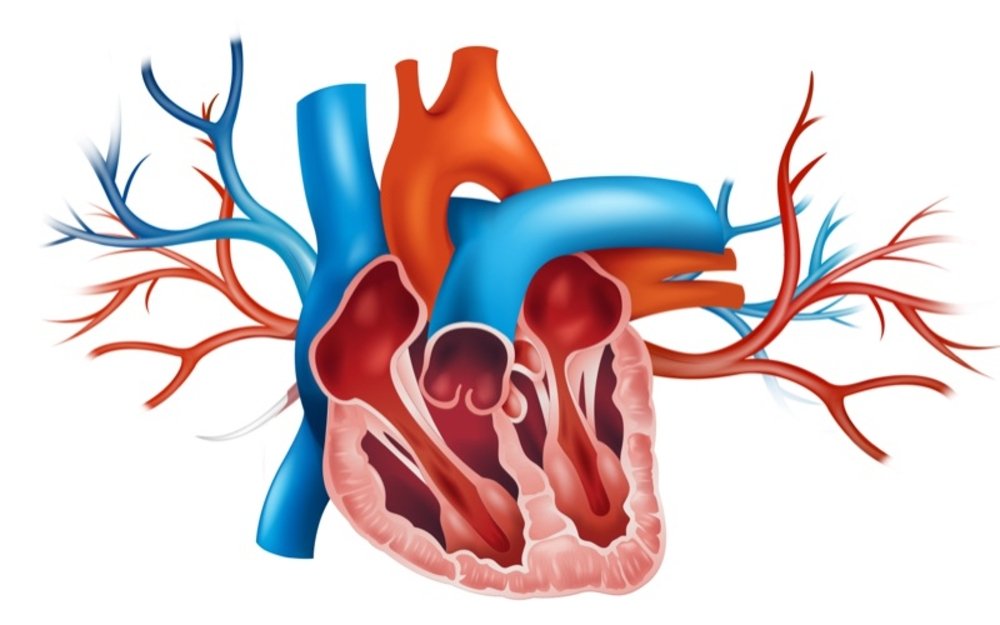What is tricuspid valve stenosis?

Tricuspid valve stenosis or tricuspid valve, in English, “Tricuspid valve” is a valve located between the right atrium and the right ventricle of the heart. It consists of three cusps connected to three papillary muscles by tendinous cords. The right ventricle then closes to prevent the blood from flowing backwards and its narrowing causes difficulty in blood flow, which leads to an increase in the work of the atrium, which becomes less effective in transporting blood to the right ventricle.
What are the causes of tricuspid valve stenosis?
Stenosis is associated with rheumatic heart disease (a heart disease after exposure to rheumatic fever due to infection with streptococcus bacteria), and is associated with problems of the mitral and aortic valves, and is rarely congenital.
What are the signs and symptoms?
Moderate stenosis does not cause any symptoms, but symptoms begin to appear after several years and include:
- Swelling of the feet, legs, or abdomen.
- And breathing problems, especially when lying down.
- Arrhythmia.
- Coughing up blood.
- pain in chest.
- feeling tired
How is tricuspid valve stenosis diagnosed?
The initial diagnosis is based on taking the medical history and conducting a physical examination of the patient. During this, the doctor may notice a murmur due to abnormal movement of blood through the valves. Additional tests in diagnosing tricuspid stenosis include:
- Echocardiography (ultrasound scan)
- Chest x-ray.
- Electrocardiogram (ECG) : This shows changes in the heart’s electrical system.
How is tricuspid valve stenosis treated?
Treatment varies according to the severity of the stenosis and the age of the patient. Moderate and mild ones are treated by alleviating complications, including:
- Limit salt to prevent swelling in the arms and legs.
- Take anticoagulant medications to prevent blood clots.
- Diuretics lower the volume of fluid in the blood so that the heart can’t work as hard.
- Vasodilating drugs may be used when heart failure is getting worse.
Treatment options for some people may include dilation of the valve using a catheter. The catheter has a balloon attached to it that is inflated into and dilates the valve.
Self-care methods in disease management:
- Take the medicines on time and in the doses specified by the doctor.
- Reducing fluid and salt intake.
- Exercise under the supervision of a doctor.
You should contact your doctor if the following appears
- The appearance of any side effects from the medicines.
- Exacerbation of symptoms, worsening or appearance of new symptoms such as chest pain, shortness of breath, palpitations, rapid heartbeat, or swelling in the legs or abdomen.
- The clotting process does not occur in the event of a wound (because you are taking anticoagulants).
Treatment of tricuspid stenosis in Türkiye
Türkiye is one of the leading countries in the field of cardiac surgery, as it was one of the few countries in the world that performs this type of complex surgery
We at REHABTÜRK understand the importance of choosing the best specialists in cardiovascular surgery
So your health is in good hands!
Where the doctors and cardiovascular surgeons in REHABTÜRK have long experience and multidisciplinary teams to provide the best treatment for patients.
